In the midst of Pakistan’s rising pollution problems, planting pollution-fighting trees has become critical for a sustainable future. This guide goes into Pakistan’s top ten trees that not only prevent pollution but also have a big impact on climate health. From the medical properties of the Neem to the brilliant splendor of the Amaltas, each tree contributes significantly to a greener, cleaner world.
1. Neem (Azadirachta indica):
Urdu Name: نیم
Description: Neem trees, with their evergreen foliage and fragrant flowers, are indispensable for combatting pollution. Their ability to absorb pollutants such as sulfur dioxide and nitrogen oxide makes them vital for urban environments. Plant Neem in well-drained soil, as it not only enhances air quality but also provides medicinal benefits, promoting human health.
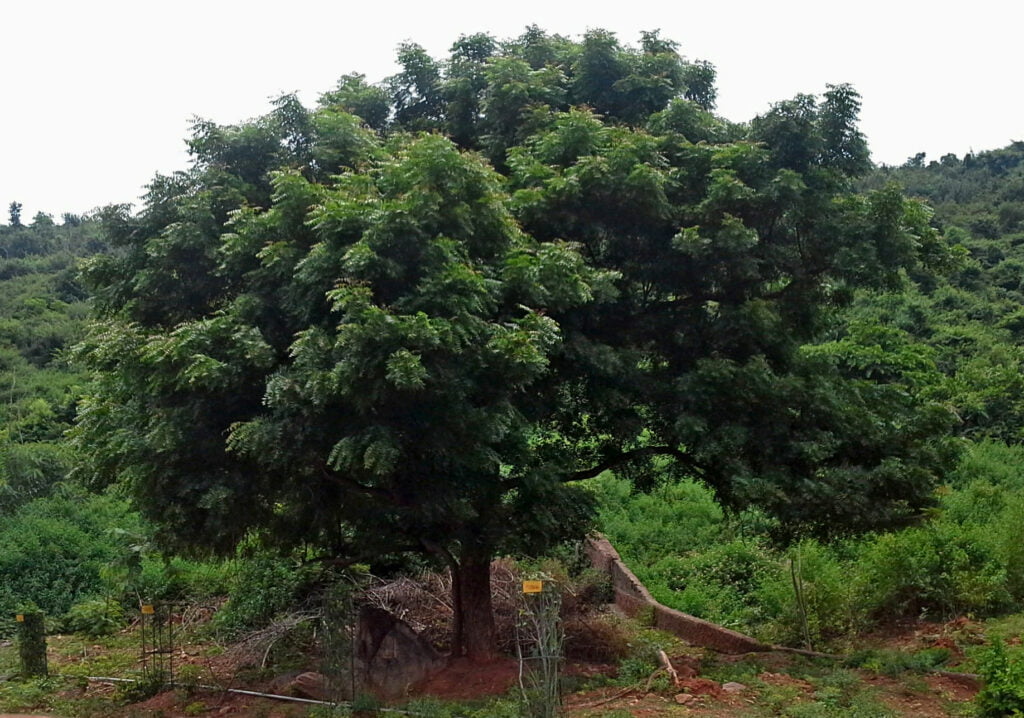
Why Plant Neem? Neem actively contributes to air purification by absorbing harmful pollutants, thereby creating a healthier living environment. Its medicinal properties further underline its importance, making it a holistic addition to any landscape.
Soil Conditions: Neem thrives in well-drained, sandy loam soil, making it adaptable to a variety of environments.
2. Sheesham (Dalbergia sissoo):
Urdu Name: شیشم
Description: Sheesham trees, renowned for their sturdy wood, play a crucial role in reducing air pollution. Planting Sheesham during the monsoon season near riverbanks not only purifies the air but also contributes to soil conservation.
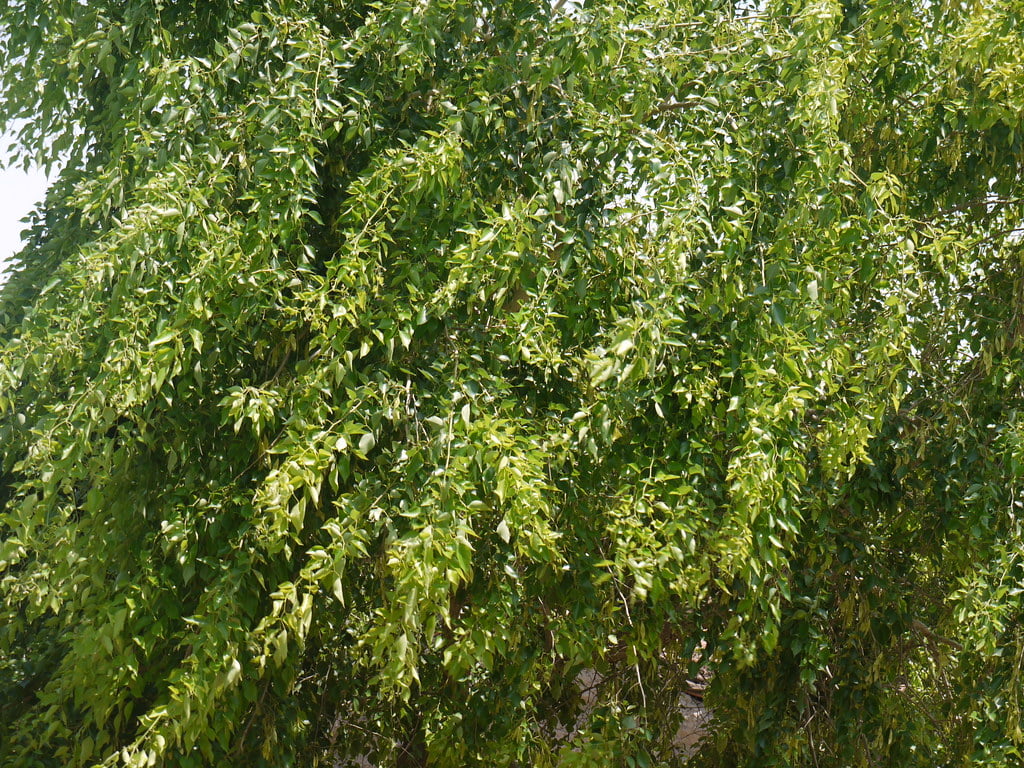
Why Plant Sheesham? Sheesham’s dense foliage actively filters pollutants, releasing oxygen and enhancing overall air quality. Beyond pollution-fighting, Sheesham contributes to soil health, preventing erosion in areas near water bodies.
Soil Conditions: Sheesham thrives in well-drained, loamy soil with a preference for slightly alkaline conditions.
3. Peepal (Ficus religiosa):
Urdu Name: پیپل
Description: Peepal, beyond its cultural significance, is a pollution-fighting marvel. Planting in late winter or early spring is ideal, as it adapts well to various environments, from urban landscapes to rural settings.

Why Plant Peepal? Peepal’s broad leaves effectively filter pollutants, releasing oxygen and improving air quality. Its adaptability makes it an excellent choice for diverse planting environments, contributing to a healthier, more sustainable ecosystem.
Soil Conditions: Peepal thrives in well-drained soil, preferably sandy or loamy, ensuring optimal growth and development.
4. Banyan
(Ficus benghalensis):
Urdu Name: برگد
Description: Banyan trees, with their expansive canopy, are natural air purifiers. Plant during the rainy season for optimal root system establishment, making them suitable for both urban and rural areas.

Why Plant Banyan? Banyan actively filters pollutants, contributing to cleaner air in densely populated areas. Its extensive root system also aids in soil conservation, making it an ecological necessity.
Soil Conditions: Banyan prefers well-drained soil, especially in urban areas, but is adaptable to a variety of soil types.
5. Eucalyptus
(Eucalyptus globulus):
Urdu Name: سفیدہ
Description: Originally from Australia, Eucalyptus adapts well to Pakistan’s climate. Plant in spring or fall for optimal growth, as it efficiently absorbs harmful gases, including ozone.
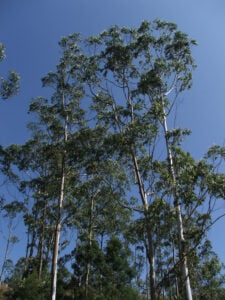
Why Plant Eucalyptus? Eucalyptus’s rapid growth and gas absorption make it an effective pollution-fighting addition to the landscape. Its adaptability to various soil types and climates further underscore its ecological significance.
Soil Conditions: Eucalyptus thrives in well-drained soil and is adaptable to a range of soil types, from sandy to loamy.
6. Kachnar
(Bauhinia variegata):
Urdu Name: کچنار
Description: Beyond its ornamental beauty, Kachnar trees are essential in reducing air pollution. Planting in late winter enhances aesthetics while filtering pollutants. Ideal for urban landscaping, Kachnar contributes to a cleaner and healthier environment.

Why Plant Kachnar? Kachnar’s large, vibrant flowers not only enhance aesthetics but actively filter pollutants, making it an ideal choice for urban greening initiatives.
Soil Conditions: Kachnar prefers well-drained soil and can thrive in various types, including sandy and loamy soils.
7. Jamun (Syzygium cumini):
Urdu Name: جامن
Description: Jamun trees, known for their delicious fruits, also combat air pollution. Planting in late winter or early spring is recommended, as their dense foliage effectively filters pollutants, contributing to cleaner air in urban and suburban areas.

Why Plant Jamun? Beyond its culinary delights, Jamun actively contributes to improved air quality by filtering pollutants and releasing oxygen.
Soil Conditions: Jamun thrives in well-drained soil and can adapt to various soil types, including sandy and loamy soils.
8. Pine (Pinus roxburghii):
Urdu Name: چیڑ
Description: The Pine tree, with its evergreen needles, acts as a natural air purifier. Optimal planting time is in early spring or late fall, as it efficiently absorbs pollutants and releases oxygen.
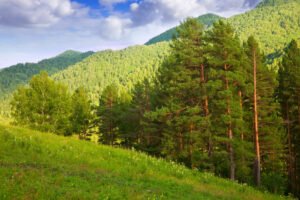
Why Plant Pine? Pine’s evergreen nature and efficient pollutant absorption make it a valuable asset, particularly in hilly regions, contributing to cleaner air and a healthier environment.
Soil Conditions: Pine prefers well-drained, acidic soil, making it suitable for hilly terrains.
9. Sagwan (Tectona grandis):
Urdu Name: ٹیک / ساگوان
Description: Beyond its prized wood quality, Sagwan, or Teak, is a pollution-reducing gem. Planting strategically in spring or fall contributes to cleaner air. Sagwan trees not only filter pollutants but also offer economic benefits through sustainable wood production.
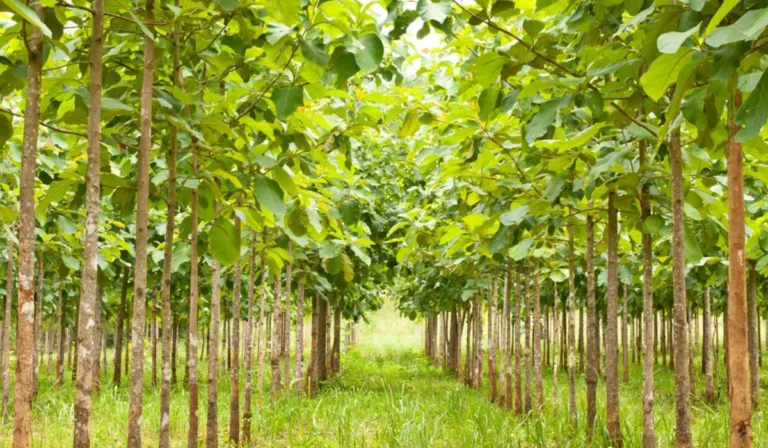
Why Plant Sagwan? Sagwan’s pollution-fighting capabilities, coupled with its economic benefits, make it an excellent choice for sustainable landscaping.
Soil Conditions: Sagwan prefers well-drained, sandy loam soil but can adapt to various soil types.
10. Amaltas (Cassia fistula):
Urdu Name: املتاس
Description: Known for its vibrant yellow blossoms, Amaltas is more than a visual delight. Planting in late winter or early spring is ideal, as it effectively filters pollutants, enhancing overall air quality.
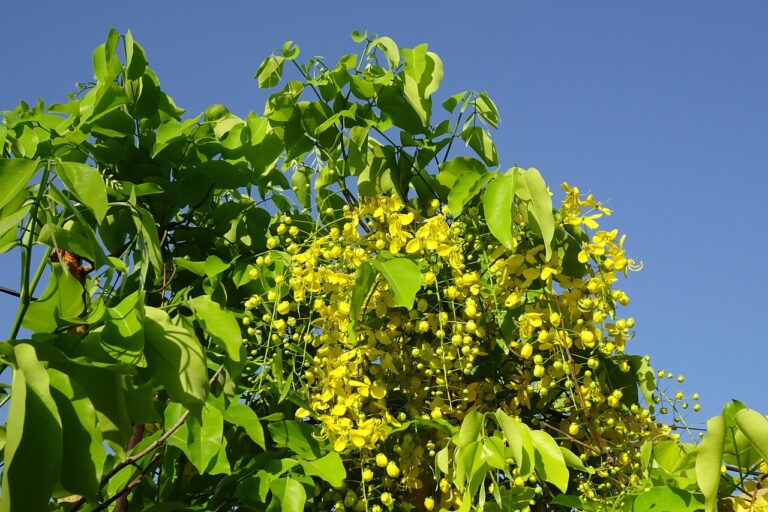
Why Plant Amaltas? Amaltas, with its aesthetic appeal, actively contributes to cleaner air and a healthier environment through efficient pollutant filtration.
Soil Conditions: Amaltas thrives in well-drained soil and can adapt to various soil types, including sandy
In conclusion, the significance of planting these pollution-fighting trees goes beyond immediate benefits. It is a pledge to create a sustainable legacy for our future generations, ensuring that they inherit a cleaner, healthier environment. Each tree, from the majestic Neem to the vibrant Amaltas, plays a vital role in not just combating pollution but also contributing to the broader cause of climate health. As caretakers of this planet, let us unite in the effort to sow the seeds of change today, cultivating a greener tomorrow that resonates with the pure essence of nature. Together, through the simple act of planting these trees, we can foster a world where the air is cleaner, the climate is healthier, and our children inherit a planet flourishing with life.

